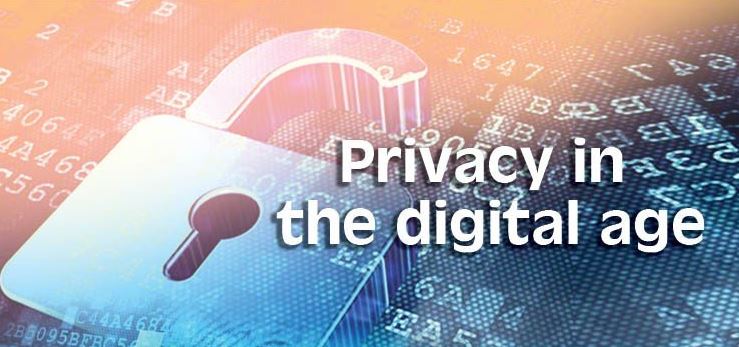The Importance of Information Security in the Digital Age
With rapid digital transformation and the widespread use of technology, securing information and systems from cyber threats has become more critical than ever. As both attack and defense techniques evolve, adopting advanced security strategies is essential to protect sensitive data and ensure business continuity.
1. What Is Information Security in the Digital Age?
Information security refers to a set of policies, procedures, and technologies designed to protect sensitive data from cyber threats and unauthorized access. As data becomes one of the most valuable assets in today’s world, safeguarding it is a top priority.
Key Principles of Information Security:
- Confidentiality: Ensuring that sensitive information is accessible only to authorized individuals. Encryption plays a vital role in maintaining confidentiality.
- Integrity: Ensuring data remains accurate and unaltered unless modified by authorized entities. Techniques like digital signatures and checksums help maintain integrity.
- Availability: Ensuring systems remain accessible to authorized users when needed, using backup solutions and disaster recovery plans.

2. Common Cyber Threats in the Digital Age
Individuals and organizations face several cyber threats, including:
- Cyber Attacks: Malware, viruses, and ransomware that compromise systems.
- Network Attacks: Distributed Denial-of-Service (DDoS) attacks that disrupt services.
- Security Breaches: Exploiting vulnerabilities to gain unauthorized access to sensitive data.
3. Why Cybersecurity Matters More Than Ever
Protecting data and systems is essential for:
- Safeguarding Sensitive Information: Preventing unauthorized access to personal and corporate data.
- Ensuring Business Continuity: Protecting systems from disruptions and maintaining services.
- Regulatory Compliance: Meeting security standards and legal requirements to avoid fines and legal issues.
4. Advanced Security Technologies
Organizations use modern technologies to enhance cybersecurity:
- Encryption: Protects data in transit and at rest using strong encryption protocols.
- Firewalls: Defend networks from external threats.
- Intrusion Detection & Prevention Systems (IDS/IPS): Monitor and block suspicious activities in real time.
5. Best Practices for Information Security
To enhance digital security, individuals and businesses should adopt these best practices:
- Regular Software Updates: Patching vulnerabilities to prevent exploitation.
- Strong & Unique Passwords: Using complex passwords and multi-factor authentication (MFA) for added security.
- Employee Training: Educating staff about cybersecurity threats and best practices.
- Periodic Security Assessments: Conducting vulnerability scans and penetration testing to identify and fix security gaps.

Conclusion
As cyber threats grow more sophisticated, information security has become a necessity rather than an option. Protecting sensitive data relies on a combination of encryption, identity management, and firewall technologies. Additionally, continuous awareness and training are crucial to counter evolving threats. By implementing a comprehensive cybersecurity strategy, individuals and organizations can safeguard their digital assets, ensure business continuity, comply with regulations, and maintain customer trust. In an increasingly interconnected world, cybersecurity is the foundation of a secure and sustainable digital environment.